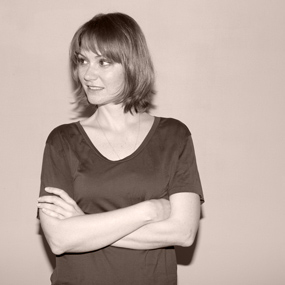IN Residence explores fundamental contemporary design issues
Back to Basics
-
© Tullio Deorsola / IN Residence
-
© Tullio Deorsola / IN Residence
-
Giorgia Zanellato and Guus Kusters with a group of students
© Tullio Deorsola / IN Residence
-
\© IN Residence
-
Jean-Baptiste Fastrez with students
© Tullio Deorsola / IN Residence
-
© Tullio Deorsola / IN Residence
-
© Tullio Deorsola / IN Residence
-
© Tullio Deorsola / IN Residence
-
© Tullio Deorsola / IN Residence
-
Jean-Baptiste Fastrez and Jon Stam
© Tullio Deorsola / IN Residence
-
Hilda Hellström and Anton Alvarez with a group of students
© Tullio Deorsola / IN Residence
-
Hilda Hellström and Anton Alvarez
© Tullio Deorsola / IN Residence
-
Giorgia Zanellato and Guus Kusters
© Tullio Deorsola / IN Residence
The conceptually driven but rather lo-fi presentations of the Turin-based project IN Residence have been a noteworthy part of the scene surrounding Salone del Mobile for the past few years. One of the most striking aspects of this initiative is that it seems to tap rising design stars just as they are emerging into international consciousness. With past participants including BCXSY, Maarten de Ceulaer, Formafantasma, Glithero, Humans Since 1982, Julia Lohmann, Peter Marigold, Minale-Maeda, Raw Edges, and Bethan Laura Wood, it’s clear that the curators behind IN Residence—architect-critics Barbara Brondi and Marco Rainò—have an aptitude for identifying budding design talent.
Brondi and Rainò use this uncanny gift for altruistic purposes. First and foremost, IN Residence is an annual workshop that brings a roster of noteworthy young designers to Turin to encourage local students to value substance over style—an approach the organizers believe vital to the future of design practice. These workshops, in turn, have spawned a series of publications, panel discussions, and exhibitions.
The latest IN Residence workshop—featuring Anton Alvarez, Jean-Baptiste Fastrez, Hilda Hellström, Guus Kusters, Jon Stam, and Giorgia Zanellato as workshop leaders—concluded last week. We reached out to Brondi and Rainò to see how it went.
Wava Carpenter: For those who haven’t been following the IN Residence project over the past six years, can you give us a snapshot of what it’s all about?
Barbara Brondi: IN Residence is a platform for contemporary design debate centered on an annual themed workshop in Turin. Each year, we invite a small group of young, professional designers from around the globe to explore an essential, open-ended question while working with a selection of local design students. The often-underappreciated act of conversation is the primary conductor of these workshops, supported only by a few materials available in a stationery store—paper, glue, tape, pens, cardboard, rubber bands. It’s a very minimalist approach.
Marco Rainò: Following each workshop, we publish a diary-like book reviewing the conversations and conclusions. We feel that IN Residence offers an alternative learning experience that brings together realms of knowledge generally kept separate and, as a result, advances contemporary design research. The workshops stimulate the students to approach the design process in innovative ways, placing a higher value on the conceptual underpinnings of a design, rather than concentrating on only the formal and functional aspects.
WC: How do you choose the themes and designers each year?
BB: We try to choose themes that embody growing design trends or that we believe reflect significant design directions for the near future. Each issue we pinpoint must be relevant to a wide spectrum of practicing designers. We hope that each theme leads to a wide variety of design experiments within the workshops.
MR: When we choose designers for our workshops, we look at the international panorama of young designers who adopt experimental, theoretical, or highly researched approaches. After a screening process and a careful analysis of the designers’ stylistic languages, we then put together a group whose work already echoes the theme in some way—each representing a different point of view.
WC: What is this year’s theme, and why do you think it’s an important topic for designers to explore?
BB: “Identity Detectors” is the general theme giving shape to the IN Residence project this year. Objects—that is to say, designed objects—define the environments in which we live, interacting with our senses and answering our basic needs and desires. As a result, objects become a prime channel through which personal or collective identities are formed. This year’s workshop explores the way objects absorb and project the characters of the users, as well as the designers who make them.
MC: All objects exist in dialogue with their owners and users. Sometimes this conversation happens on a private level, informing the loyalty the owner feels toward the object. Other times, this exchange is public, where the object acts as a symbol of the owner, meant to communicate something about his or her values to the world. In any case, according to these interpretations, the object becomes the means through which an identity is revealed, offering a better definition and a more determined sense of one’s self.
WC: What was the outcome of this year’s workshop?
BB: Every year the workshop takes place in the apartments of the Du Parc Contemporary Suites hotel, a very unusual place for a workshop but the perfect location to establish an informal relationship between tutors and students and to stimulate a direct dialogue between them without the baggage of a school environment. The guest designers work in pairs, each assigned to groups of eight students. This year, Hilda Hellström worked with Anton Alvarez, Jean-Baptiste Fastrez with Jon Stam, and Giorgia Zanellato with Guus Kusters of Kolk & Kusters studio.
MR: The work done by the designers and the students focused on the creative process without the obligation to come up with an object at the end of the workshop. They examined different characteristics that tie objects to users. Then they developed theoretical investigations into ways to improve or enhance an object’s ability to generate empathy in its users. To know more, you’ll have to wait until we release the “Identity Detectors” diary, due out April 2014 during Salone del Mobile.
-
Text by
-
Wava Carpenter
Après avoir étudié l'Histoire du Design, Wava a porté plusieurs chapeaux pour soutenir la culture du design: professeur d'études du design, organisatrice d'expositions, organisatrice de débats, rédactrice d'articles. Tout cela a façonné son travail en tant que Editrice en Chef chez Pamono.
-
Découvrez plus de produits
Lampe de Table Syzygy Occultation de OS ∆ OOS

Ustensiles de Cuisine par Antonio Aricò, Set de 9
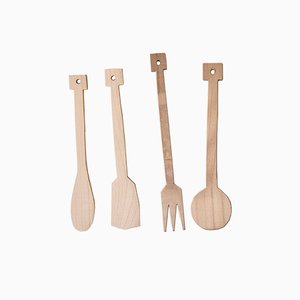
Colouring Table Noire de OS ∆ OOS
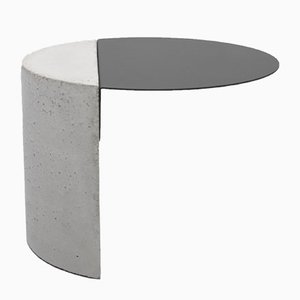
Etagère Big Countryside par Antonio Aricò

Bouilloire Teaplof par Antonio Aricò
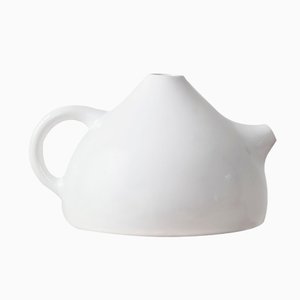
Chaise Swing par Antonio Aricò

Arrosoir Trunk par Antonio Aricò
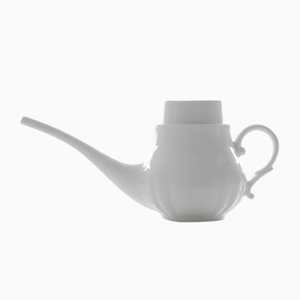
Little Stool par Antonio Aricò
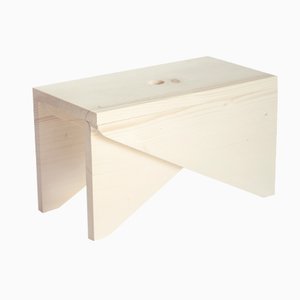
Wedding Table par Antonio Aricò
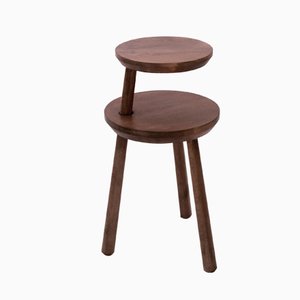
Colouring Table Dorée de OS ∆ OOS
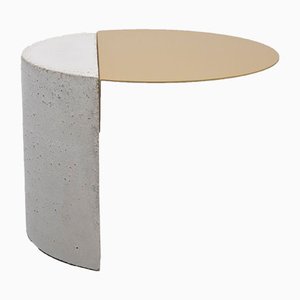
Chaise Dumba par Antonio Aricò
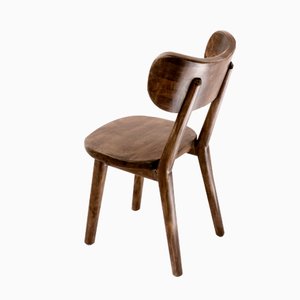
Pièce Murale Weldgrown par Tomáš Libertíny, 2017
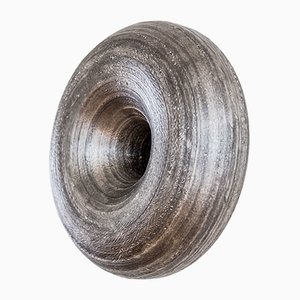
Applique Murale Weldgrown par Tomas Libertiny pour Studio Libertiny, 2017

Diptyque Bleu par Tomáš Libertíny pour Studio Libertiny, 2017

Vase A Strange Symphony on Colours par Philipp Weber pour Christophe Genard, 2016
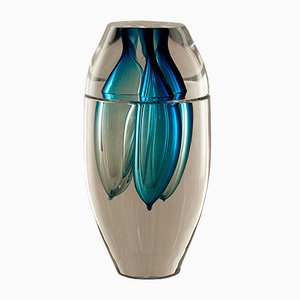
One & a Half Bench par Antonio Aricò
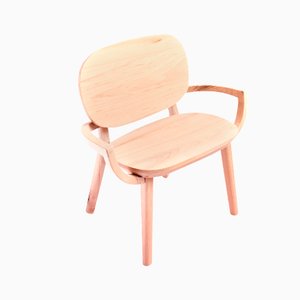
Chaise Restless Beige par Pepe Heykoop

Bibliothèque Atiha par Leonardo Talarico
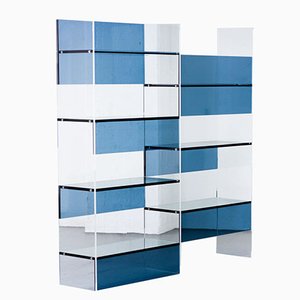
Set en Étain par Liliana Ovalle, Set de 3

Chaise Soft Oak par Pepe Heykoop
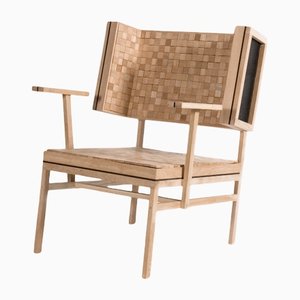
Mannequin et Lampe Skin par Pepe Heykoop
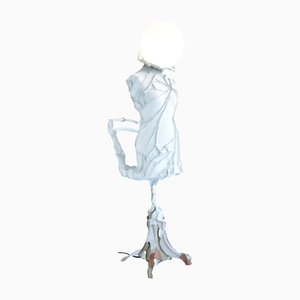
Table Bits of Wood par Pepe Heykoop
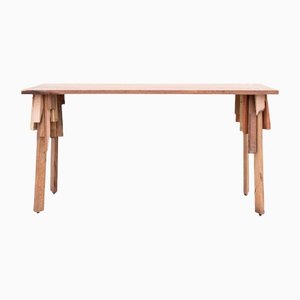
Lampe Menorah par Pepe Heykoop

Applique Murale Skin par Pepe Heykoop
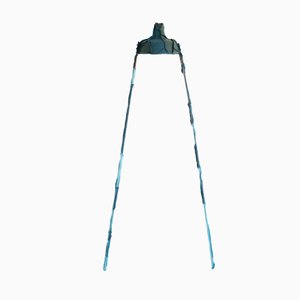
Set de Verres à Eau Cumulo par Liliana Ovalle

Table Basse Haricot Vintage















 Barbara Brondi and Marco Rainò
© Tullio Deorsola
Barbara Brondi and Marco Rainò
© Tullio Deorsola
